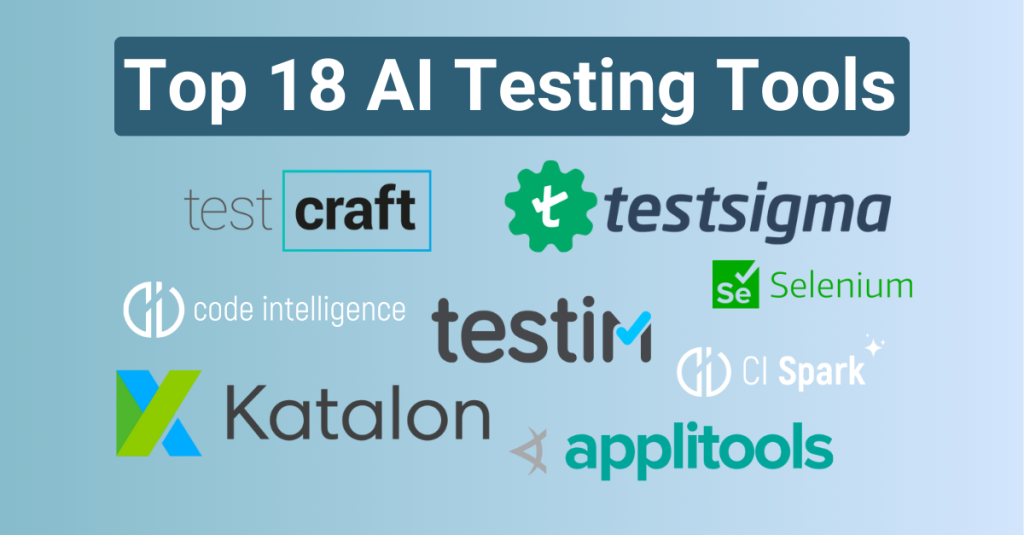
Here’s a breakdown of some top acceptance testing tools in 2024, categorized by their primary function:
Manual Acceptance Testing Tools:
- UserTesting: Allows conducting remote, unmoderated user testing with real users to gather qualitative feedback on your application’s usability and functionality.
- UsabilityHub: Offers various testing options like five-second tests, click tests, and preference tests to gather quick insights on specific aspects of your user interface.
- Maze: Specializes in user testing prototypes with interactive screens and tasks, providing valuable feedback early in the development cycle.
- Hotjar: Combines heatmaps, session recordings, and feedback tools to understand user behavior and identify usability issues.
- FullStory: Captures user sessions with detailed recordings and clickstream data to analyze user journeys and identify drop-off points.
Automated Acceptance Testing Tools:
- Selenium: A powerful open-source framework for automating web browser interactions, enabling automated testing of web applications.
- Appium: Leverages Selenium’s core functionalities to automate testing on mobile applications across various platforms.
- Testsigma: An all-in-one platform for web, mobile, and API automated testing, offering features like visual validation and AI-powered test generation.
- TOSCA: Provides comprehensive test automation capabilities for various applications, including web, mobile, APIs, and desktop, with features like scriptless testing and model-based testing.
- TestComplete: Offers a robust automation framework for web, mobile, desktop, and API testing, supporting various technologies and providing advanced features like data-driven testing and keyword-driven testing.
Collaborative Acceptance Testing Tools:
- Zephyr for Jira: Seamlessly integrates with Jira for managing acceptance test cases, tracking defects, and collaborating with stakeholders within the familiar Jira environment.
- qTest by Tricentis: Enables comprehensive test management for acceptance testing, including collaborative test case creation, execution, and reporting, with integrations for various platforms.
- Usersnap: Provides a bug tracking and feedback platform specifically designed for web and mobile applications, facilitating collaboration between testers and developers.
Choosing the Right Tool:
The ideal acceptance testing tool depends on your specific needs and project requirements. Consider factors like:
- Application type (web, mobile, etc.)
- Testing methodology (manual vs. automated)
- Team size and skillset
- Budget
- Integration with existing tools
By carefully evaluating your needs and exploring the available options, you can select the acceptance testing tool that empowers your team to deliver high-quality applications that meet user expectations.
Say goodbye to the hassles of bike ownership! MotoShare.in offers affordable rentals, whether you need a scooter for errands, a bike for a road trip, or a reliable ride to explore new cities.

 Starting: 1st of Every Month
Starting: 1st of Every Month  +91 8409492687
+91 8409492687  Contact@DevOpsSchool.com
Contact@DevOpsSchool.com
